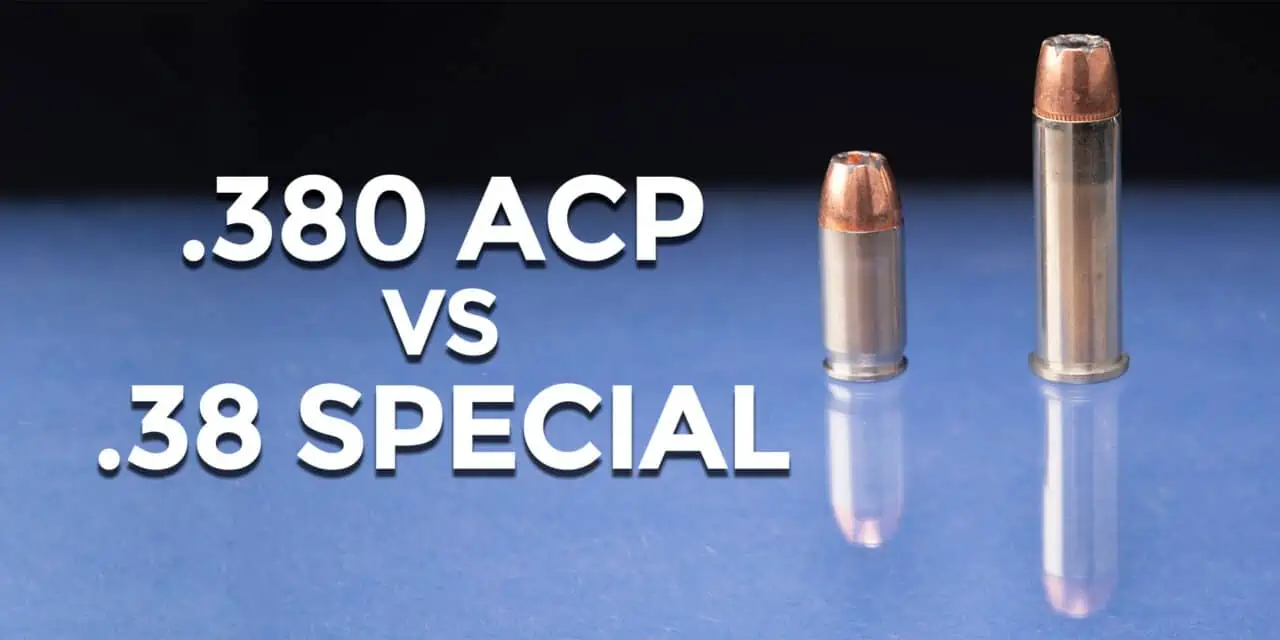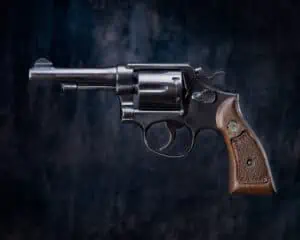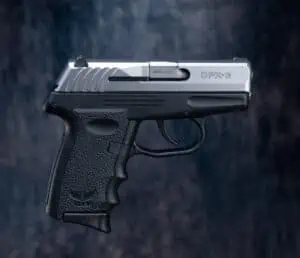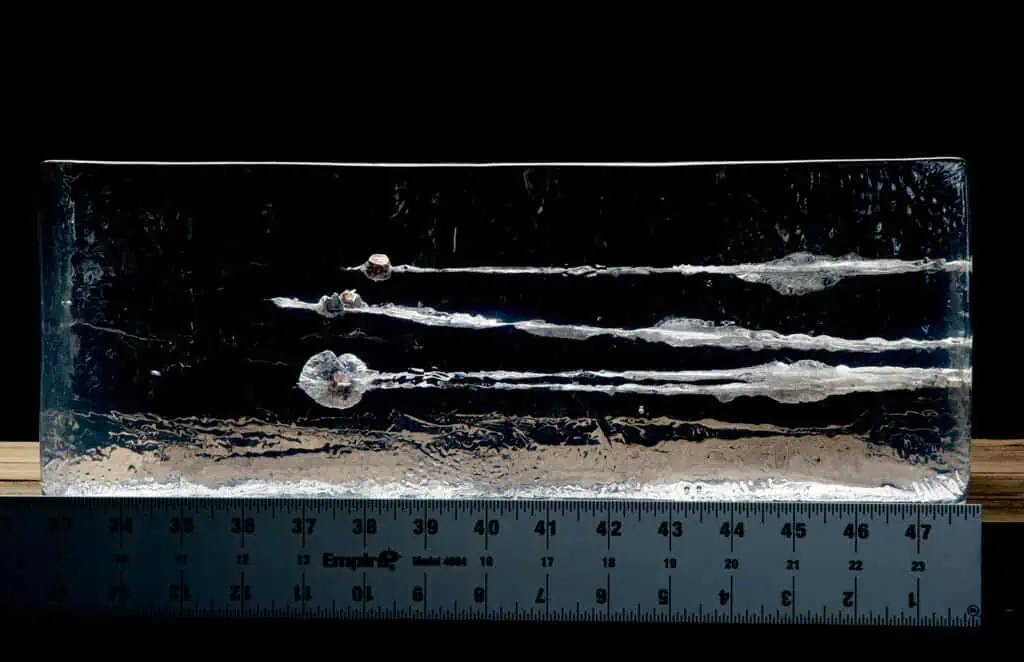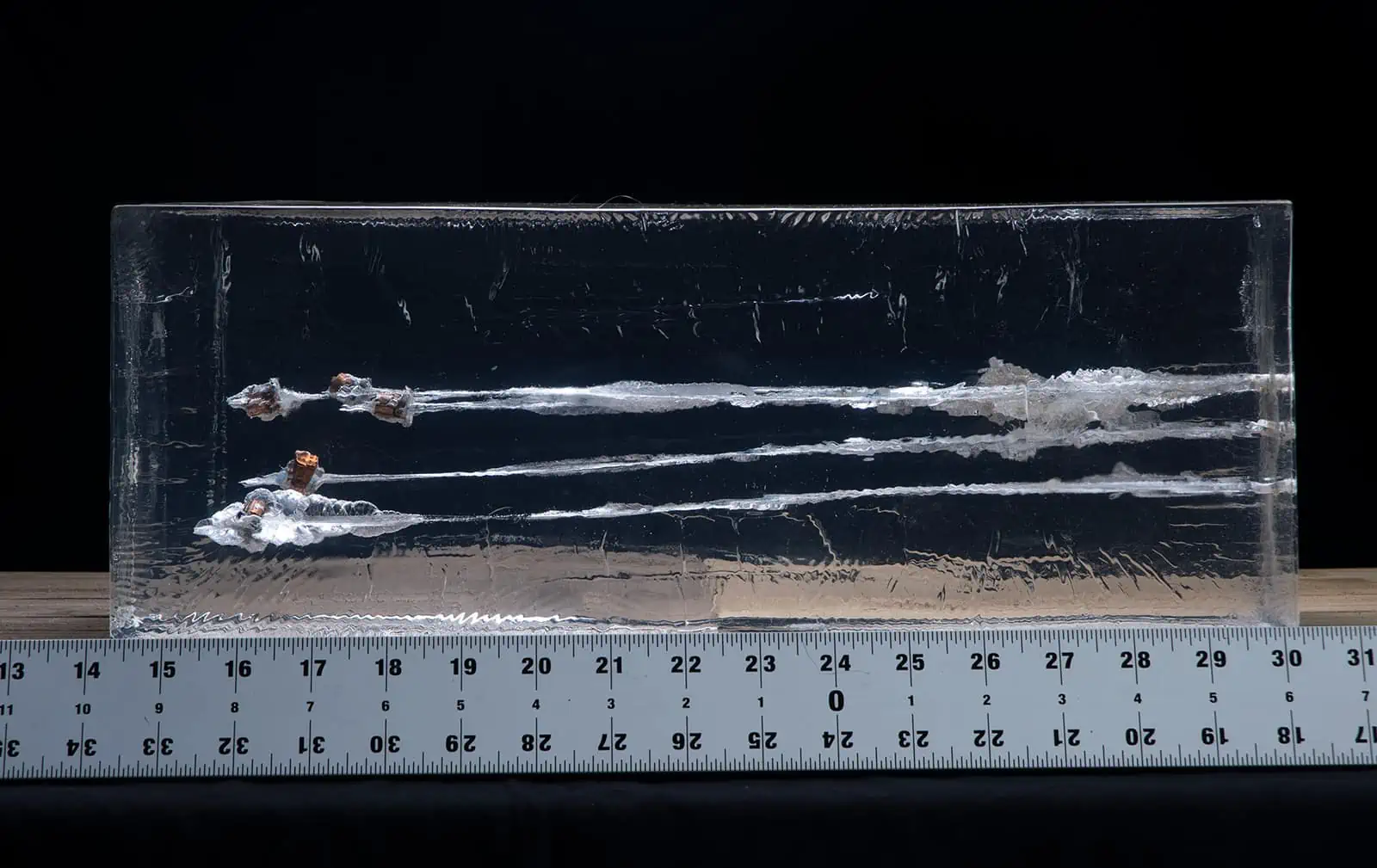Comparing 380 vs 38 Special
Some cartridges make a big splash on the market and then fade away quickly, while others stand the test of time and are still popular after over a century of service. Today, we’re going to look at two common cartridges that have long and illustrious histories, and compare 380 vs 38 special.
380 vs 38 Special Fast Facts
- Both cartridges predate 9mm Luger or 45 ACP rounds
- The penetration of 380 vs 38 Special in gel is almost the same, with 38 doing slightly better
- One is very common in revolvers, the other in semiautomatic pistols
Like many other things in the firearms world, legendary gunmaker John Moses Browning created .380 ACP. We talked a bit about the backstory of the 380 round when we compared 380 to 9mm. In essence, though, the .380 ACP round came into being because Browning wanted a round that was slightly more accurate than the pre-existing 38 ACP cartridge. He also needed something that would stack neatly inside a magazine and work well with the plethora of semi-automatic pistols he was churning out at the time.
380 ACP vs. 38 Special: What Does Each Offer?
Benefit Better Caliber
Cost Push
Velocity 38 Special
Penetration 38 Special
Ammo/Gun Availability 380 ACP
Concealability 380 ACP
Overall Recommendation 380 for Semi-Autos
38 Special for Revolvers
We’ll get into the details of this caliber debate below.
In short, 380 and 38 Special are pretty similar calibers and both can be effective self-defense rounds. For many shooters, picking one of the cartridges boils down to whether you want to carry and shoot a semi-automatic pistol (380 ACP) or a revolver (38 Spl.)
The Roots of 380 vs 38 Special
.38 Special also owes its existence to another cartridge, in this case .38 Long Colt.
Unlike 380 ACP ammo, which was designed for use in semi-automatic pistols, .38 Special was created with revolvers in mind. .38 Special is a rimmed cartridge, which means the ring around the rear of the shell casing is wider than the rest of the cartridge, This a handy feature in a round that is designed for use in revolvers because it allows the round easily stay in-place inside of each chamber in the cylinder of a revolver, without the use of a moon clip or a similar device. .380 ACP and .38 Special have much in common. Both cartridges were trusted for self-defense for many years.
.380 ACP was used in military service pistols like the FN Model 1910 and the iconic Walther PPK.
.38 Special, on the other hand, served for many, many years as the round of choice for American law enforcement, thanks to revolvers such as the Colt Detective Special or Smith and Wesson M+P.
Today, however, the ubiquitous 9mm Luger round has eclipsed both rounds as a service pistol cartridge. Both law enforcement and military personnel are far more likely to carry a Glock or a Sig Sauer than they are a .38 Special revolver. Instead, both .380 ACP and .38 Special are quite often found in pocket pistols. A pocket pistol probably shouldn’t be your first choice in a defensive firearm. However, their small size make them easy to conceal. This, in turn, means you can carry them in situations where a larger, 9mm pistol might reveal itself and cause unwanted questions.
Testing 380 vs 380
.38 Special and .380 ACP are still popular cartridges, however. In fact, in recent years, there has been a movement towards larger pistols which take advantage of .380 ACP’s lower recoil and are designed for people with reduced physical strength. We reviewed the Sccy CPX-3 as part of our comparison of these types of compact 380 pistols. That’s also one of the pistols we’ll use to compare 380 vs 38 Special.
The other pistol we’ll use in our test of 380 vs 38 is an American icon, the Smith & Wesson Model 10. For years, the Model 10 and similar revolvers were the sidearm of choice for patrol officers all over the country. The need for more firepower and the introduction of the “wonder nine” 9mm pistol meant the full-size .38 revolver was replaced with other guns. .38 Special lives on, though, as a pocket pistol round. More than that, however, .38 Special is a big part of the “revolver renaissance” that has taken over a portion of the firearms training community.
When we talk about 380 vs 38 Special, what we’re really talking about is their effectiveness as a defensive cartridge. We want to see how each round performs in industry-standard tests and compare the results. We’ll perform two tests to accomplish this goal. The first is a standard chronograph test to see how much energy there is in rounds of 380 vs 38 Special cartridges. For the second test, we’ll shoot five rounds of the same type of defensive ammunition into a block of ballistics gel to understand what each round does when it hits a target.
Ballistics & Chronograph Testing
380 ACP Tests
Average Muzzle Velocity: 905 FPS
Average Muzzle Energy: 173 ft/lbs
Average Muzzle Velocity: 918 fps
Average Muzzle Energy: 168 ft/lbs
38 Special Tests
Average Muzzle Velocity: 810 FPS
Average Muzzle Energy: 189 ft/lbs
Average Muzzle Velocity: 952 fps
Average Muzzle Energy: 181 ft/lbs
The Sccy CPX-3 has a barrel length of 2.96 inches, while the S&W Model 10 has a 4 inch barrel. The extra inch of barrel length for the .38 Special revolver probably added a few more feet per second to each round, but even still, the rounds are within 100 feet per second of each other.
Now let’s look at our gel test results to see what penetration into a soft target looks like.
380 vs 38 Special Penetration Testing
Gel Test Results for 380 ACP
Speer Gold Dot JHP (Average of 5 Rounds)
Minimum Penetration Depth: 10.75 inches
Maximum Penetration Depth: 11.75 inches
Average Penetration Depth: 11.22 inches
Average Bullet Width: 0.47 inches (+0.12 inches expansion)
38 Special Gel Test Results
Speer Gold Dot JHP (Average of 5 Rounds)
Minimum Penetration Depth: 12.5 inches
Maximum Penetration Depth: 14.25 inches
Average Penetration Depth: 13.5 inches
Average Bullet Width: 0.47 inches (+0.11 inches expansion)
The FBI recommends that a defensive round should penetrate at least 12 inches into ballistics gel. This distance is consistent with rounds that can punch through tissue and reach a vital spot that can shut down an attacker.
The Gold Dot .38 Special ammo we tested reached that distance, the .380 ACP did not. This, however, doesn’t mean that .380 ACP is an ineffective defensive cartridge. It does mean, however, that you need to pay attention to which particular round you use in your gun. You want to get one that is up to the task of defending your life.
Making Your Choice
Ultimately, 380 vs 38 Special is more about the guns than it is about the round itself. Both rounds have rather similar performance. However, as we said at the beginning, .380 ACP is associated most often with semi-automatic pistols, and that’s probably going to be more important to you than choosing 380 over 38 Special. If you want the reliability and compact size of a revolver, especially a pocket-sized gun, .38 Special should be your round of choice. If, however, you prefer the flatter profile and higher capacity of a pistol, a pint-sized .380 ACP pistol can slide into just about any pocket. Both of these cartridges have decades of service behind them, and there’s no reason to think they won’t have decades more.

